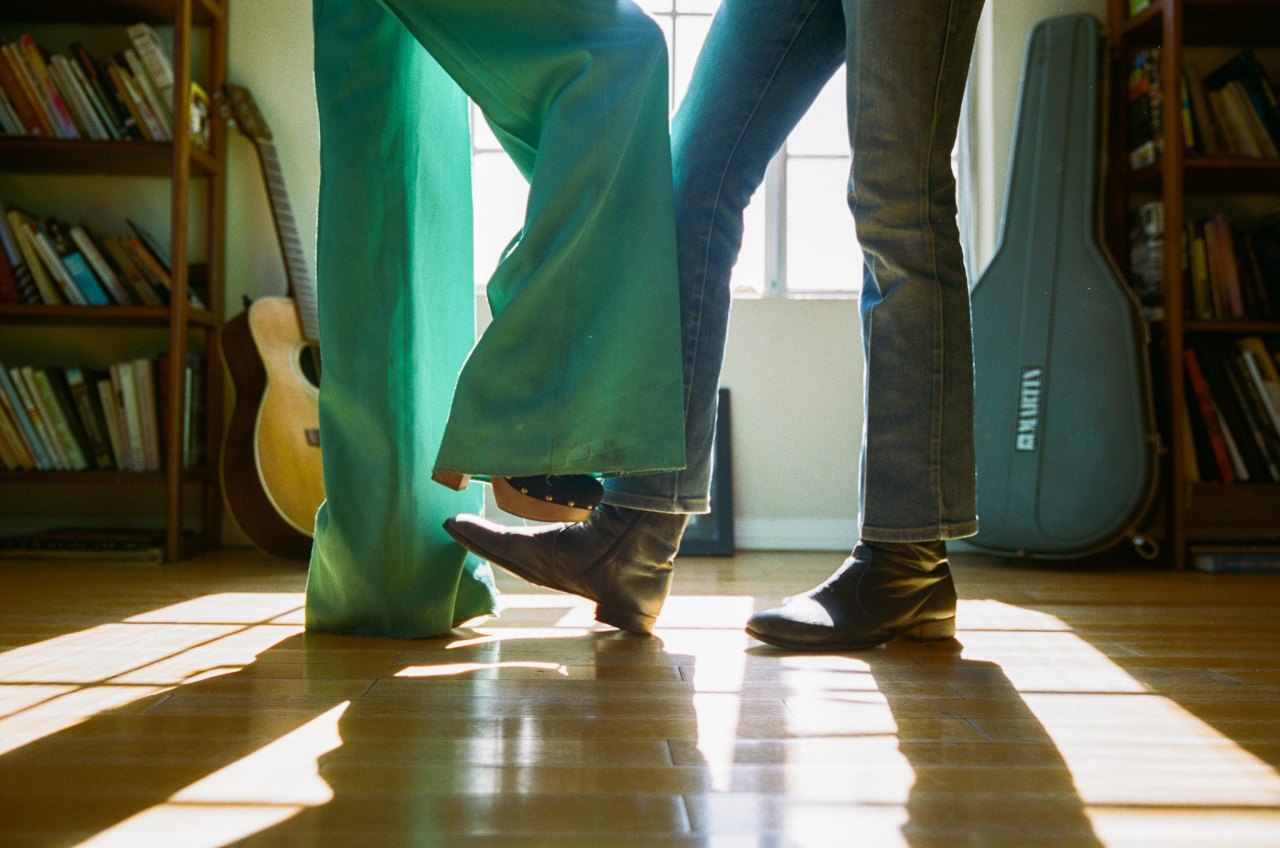What Happened To Writing Love Letters?
Once you get married, and are sharing space with a person every day, it’s easy for those kinds of letters to fall by the wayside.
Does anyone write a love letter anymore?
I’ve been mulling that over as I’ve been reading the 1,131 letters that the poet T. S. Eliot wrote Emily Hale, his secret American girlfriend, over the course of their lifetimes. I grew up, dated and got married in the days—I will cautiously admit—before the Internet and email, much less texting, Twitter and Instagram. I still hang on to the handmade valentine my 3rd grade boyfriend sent me, simply because his sentiments were expressed so ardently. I also hang on to the letters my husband sent me in the first months of our relationship, when he lived in another city and I was trying hard to find a job there. But once you get married, and are sharing space with a person every day, it’s easy for those kinds of letters to fall by the wayside.
A male friend noted the new trend of people, both men and women, proclaiming the virtues of their loved one on social media. “Why do you have to tell the world?” he mused. “Why don’t you just tell her?”
For my new novel, The Poet’s Girl, about the relationship between Hale and Eliot, I created some letters as a fictional device. Now that I have had the chance to read some of “the real thing,” I can attest that Eliot was even more romantic than I had imagined. As I continue to research Hale’s life by working through the letters, I’m looking for new insights. But as I read the letters, I also can’t help assessing them from a woman’s point of view. “Ooh,” I sometimes think, “I’d fall in love with you if you said that to me!”
The letters begin in 1930, when Eliot finally confesses to Hale that although he shocked her by marrying another woman 15 years before, he now realizes that he has been in love with her the whole time. While these early letters are very passionate, I find that Eliot also seems rather needy. He constantly urges Hale to write more frequently, rarely acknowledging that she may, in fact, be very busy herself, trying to make a living as a professional lecturer in the early Depression years.
By 1935, however, the tone of the letters had changed. Hale and Eliot have spent more time together in England, but in December, Hale has to return to the United States where she faces an uncertain future. Although Eliot has sought a formal separation from his wife and has not seen her for three years, he has said that a divorce is out of the question because of the dictates of his Anglican faith. But when his wife suddenly shows up and disrupts a public function, something changes—and Eliot’s letters grow even more ardent. I had to put my keyboard aside so that I could read straight through to Hale’s departure to find out how the scene was going to end.
Eliot’s letters will eventually be formally published—but probably not until 2021. I smile when I imagine women buying copies for their boyfriends and husbands and asking, “Why can’t you write like that?”
Not every letter is perfect, though. For instance, I would not recommend lecturing a girlfriend on how your religious denomination is better than hers. Nor would I recommend critiquing your beloved’s essays if you are one of the world’s most renowned critics—unless, of course, she asked for your help. (Eliot arranged for Hale’s letters to be burned, so we won’t know for sure if she did.)
One delight of the early letters is when Eliot tries to learn things about Hale that he feels he should know–things like, “When’s your birthday?” They discover their birthdays are only three weeks apart. Eliot is three years older, and he (charmingly) presents the results of his calculation of exactly how many days older he is.
In another 1931 letter, Eliot is like a guy who has just “friended” his high school sweetheart on Facebook, and now wants to catch up on everything she’s done since they went to different colleges. Eliot realizes that when Hale makes a reference, presumably to playing the role of “Roxane,” he knows nothing about her acting career since he left Boston in 1915.
Ironically, Hale played that role in “Cyrano de Bergerac,” a play about an inept lover who hires a more literate friend to woo the woman he loves by ghost-writing romantic messages for him. (If you missed the play, you may have seen Daryl Hannah play the same role in the 1987 Steve Martin movie.) Hale tackled the part in a Boston theater the year after Eliot got married and drew positive reviews from the Boston Globe.
But tell your guy to be careful if he studies Eliot’s letters. I had a college classmate who, like Eliot, went off to Oxford for a year-long graduate fellowship. The story was that he sent home some beautiful love letters, enclosing some poems he said he had written.
His girlfriend recognized they were plagiarized.
You can guess how the story ends.
TCID: sara-fitzgerald


